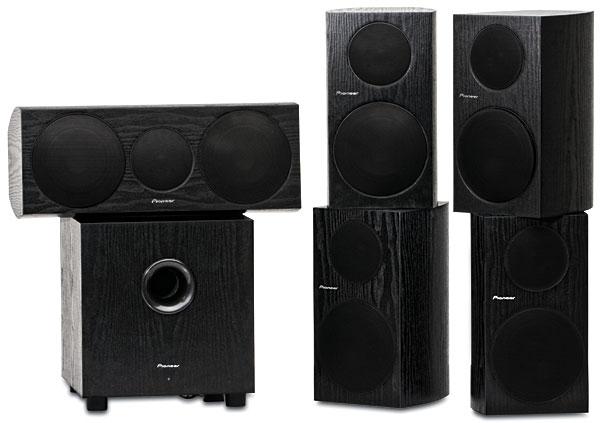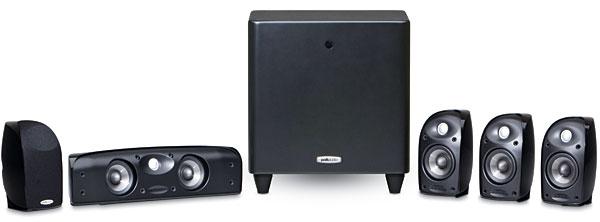Bookshelf Speaker Reviews
Sort By: Post Date TitlePublish Date
|
Sep 02, 2011
|
Aug 15, 2011
|
Jul 19, 2011
|
Jul 06, 2011
|
Jun 06, 2011
|
Apr 12, 2011

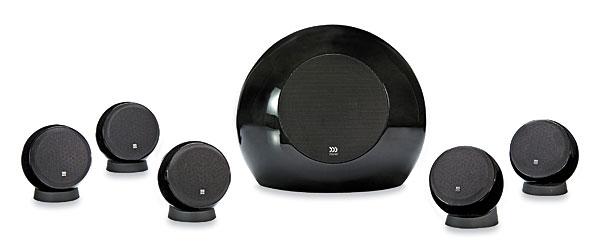

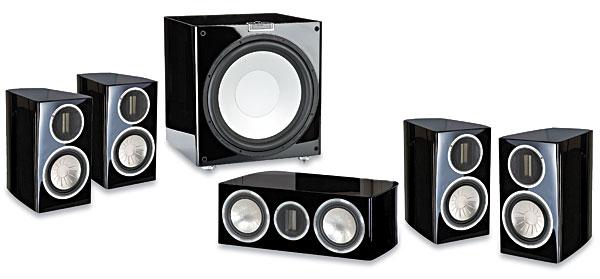


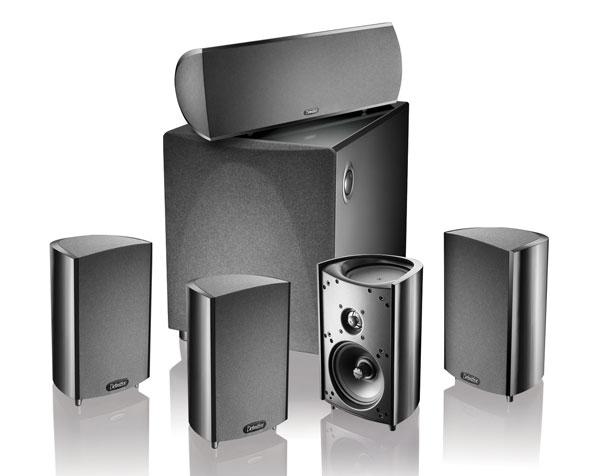


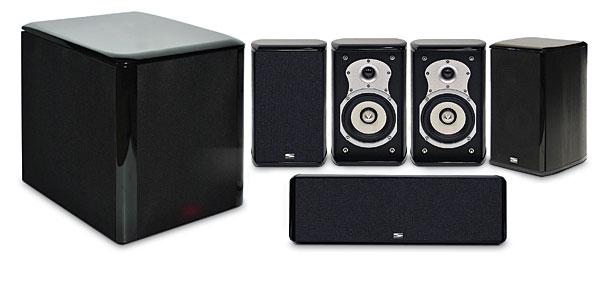
 Price: $1,398 At A Glance: Silk-dome tweeter with thermal protection • Race-car-inspired woven-fiberglass woofer • Sub’s passive radiators kill port noise
Price: $1,398 At A Glance: Silk-dome tweeter with thermal protection • Race-car-inspired woven-fiberglass woofer • Sub’s passive radiators kill port noise


